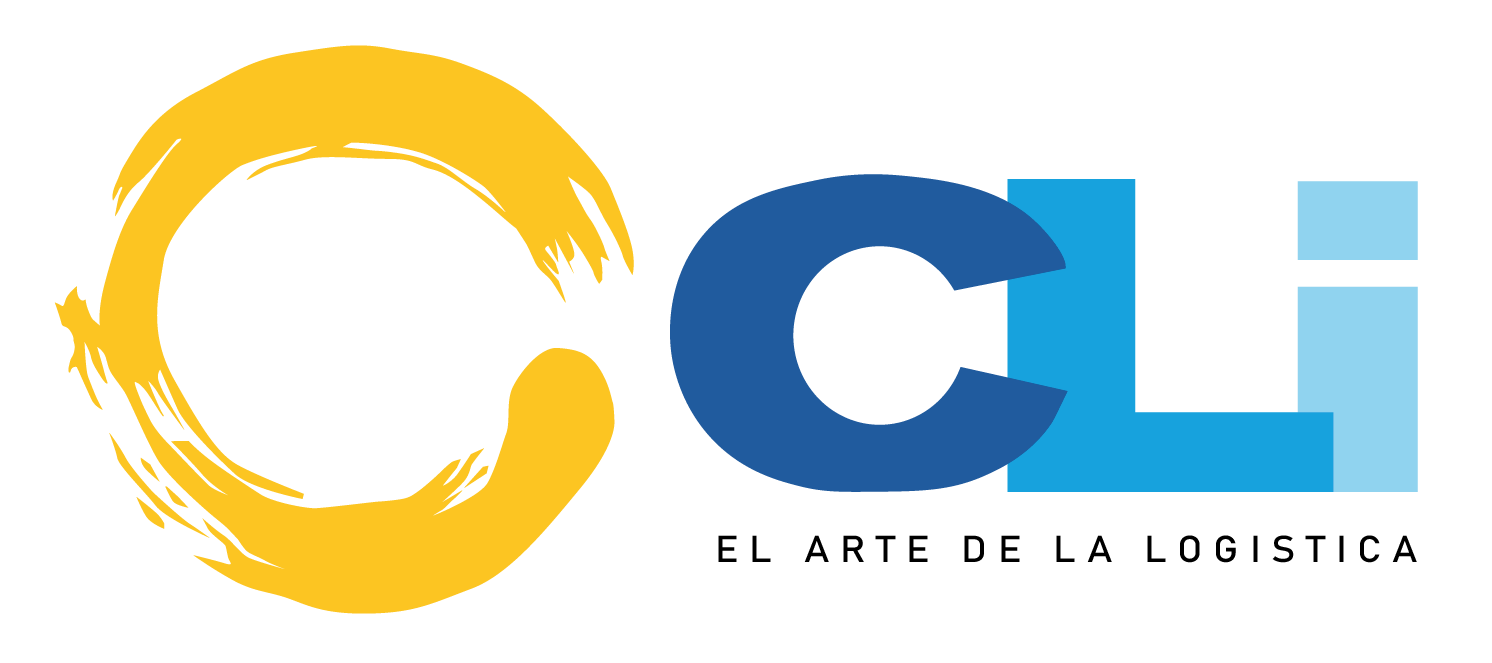Content
They might also see a chance to disrupt a market or industry in their favor with a new business model—or have a need to respond to a disruptive competitor. But, most importantly, companies should create a digital transformation framework and monitor improvements through tracking key performance indicators (KPIs) to see if the work produces results. Organizations also use automation, and specifically robotic process automation (RPA), to perform repetitive tasks such as bookkeeping, sending invoices, or looking up or archiving records. Unlike AI, which can learn from data and perform tasks more accurately over time, RPA is limited to following processes that have been defined by a user or programmer. They plan their mornings knowing their phones tell them exactly how long it takes to drive to work, and their evenings knowing they can meet the food delivery driver at their door. They ignore customer service call center hours, knowing they can get answers 24/7 from plinko game a chatbot.
Digital certificates
The most obvious examples involve the embedding of digital technology into everyday products that meet customer needs. A digital certificate is an electronic credential that you can use to establishproof of identity in an electronic transaction. There are an increasing number of uses for digitalcertificates to provide enhanced network security measures. Many IBM iplatforms and applications, such as FTP, Telnet, HTTP Server provide TLS support to ensure dataprivacy.
What is digital transformation?
The Korean manufacturing business conglomerate understood that even one successful cybersecurity attack might have devastating consequences. Its Doosan Digital Innovation (DDI) group consolidated multiple regional security operation centers (SOCs) to a unified, global SOC to streamline its security posture and deployed AI-based pattern matching. Customer experience, or CX, is the sum of customers’ perceptions resulting from all their interactions with a business or brand—online, in-store and in day-to-day life. Organizations are incorporating digital innovation into their products, and into the way their products are developed, produced and delivered. Whether you choose to customize pre-built apps and skills or build and deploy custom agentic services using an AI studio, the IBM watsonx platform has you covered. Blockchain is a distributed, permanent and immutable ledger or record of electronic transactions.
AI also enables personalization on demand and at scale across marketing, customer service, sales and other areas of a business. Digital transformation has created many ways organizations can partner with each other to serve customers. The rise of business ecosystems, driven by APIs and other advanced technologies and a growing interconnectedness between noncompetitive companies. For example, an email provider can create a marketplace where users can connect their task management software or customer relationship management (CRM) provider.
Employee experience is a holistic approach to talent management that helps ensure that employees have the tools the need to succeed and thrive at work. Employee experience certainly impacts employee recruitment, morale, productivity and retention, but it can also have a direct impact—positive or negative—on customer experience, business performance and brand reputation. By implementing Internet of Things (IoT), operational technology and automation on the factory floor, manufacturers can speed production, reduce errors and defects and eliminate manual labor. Companies can also add value and competitive differentiation by offering technology alongside their existing services—witness the tracker apps offered by shipping companies and pizza vendors.
Digital transformation domains
The original digital transformation enabler, cloud computing enables organizations to use the latest IT technologies, boost efficiency and scale with demand while managing costs. Customers count on these and scores of other digital innovations, and they are ready to count on new ones. Successful digital transformation positions organizations to anticipate and deliver the next innovations and experiences customers will want. Today customers expect to be able to conduct their business, do their work and live their lives by using the latest technology advances. They expect this ability from wherever they are, anytime they want, by using the device of their choice and with all the supporting information and personalized content they need close at hand. If public keys are sent directly by their owner to another entity, there is a risk that the message could be intercepted and the public key substituted by another.
0 Se el primero en dar me encanta a esta publicación.